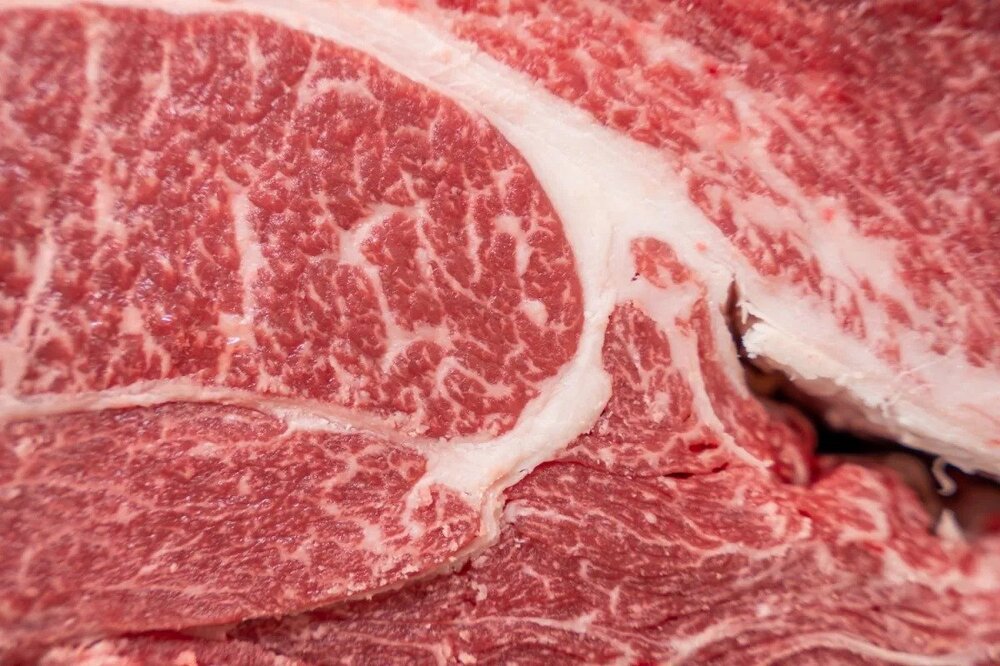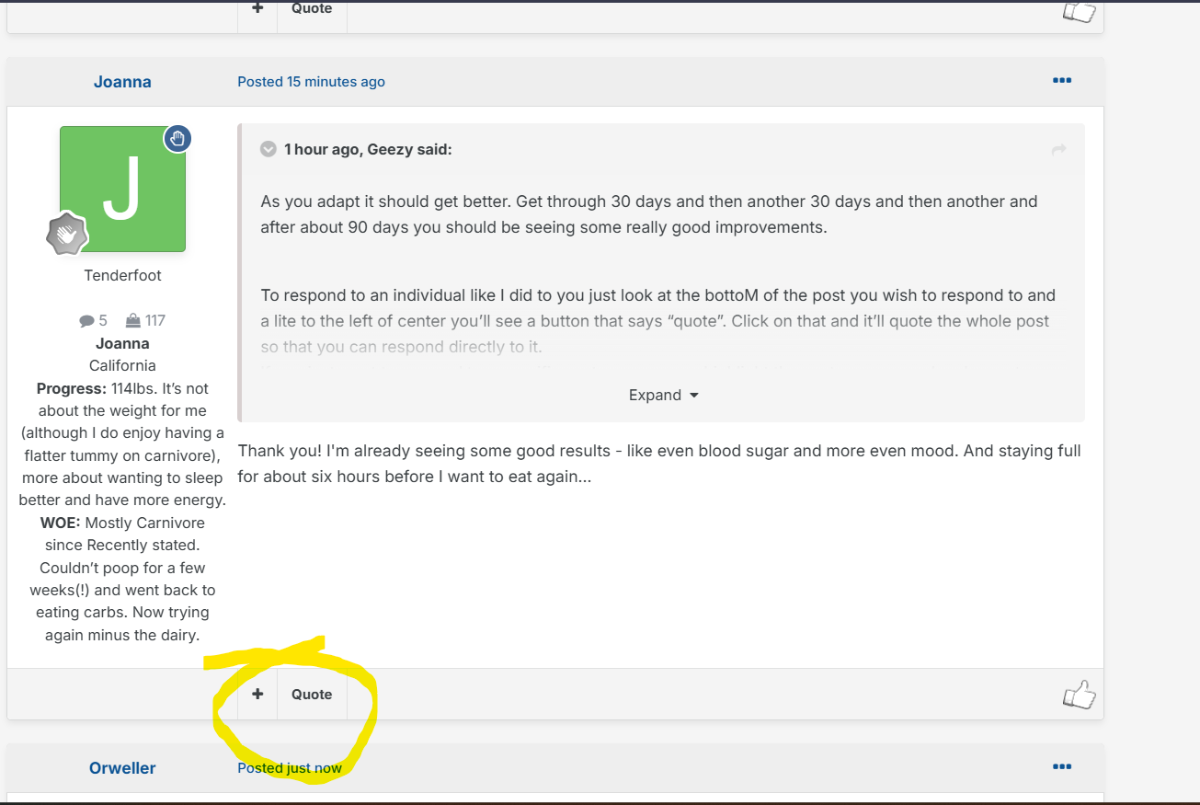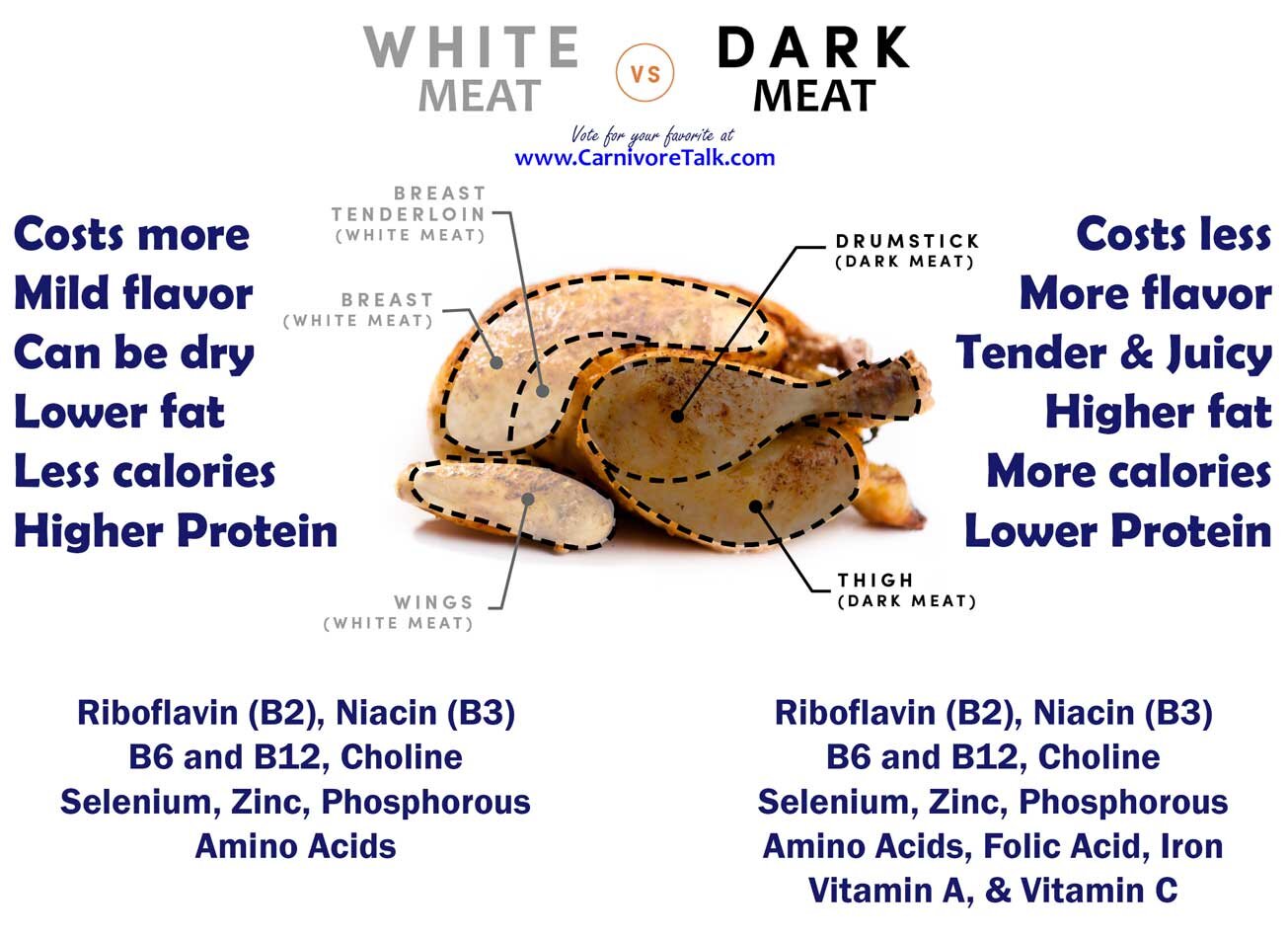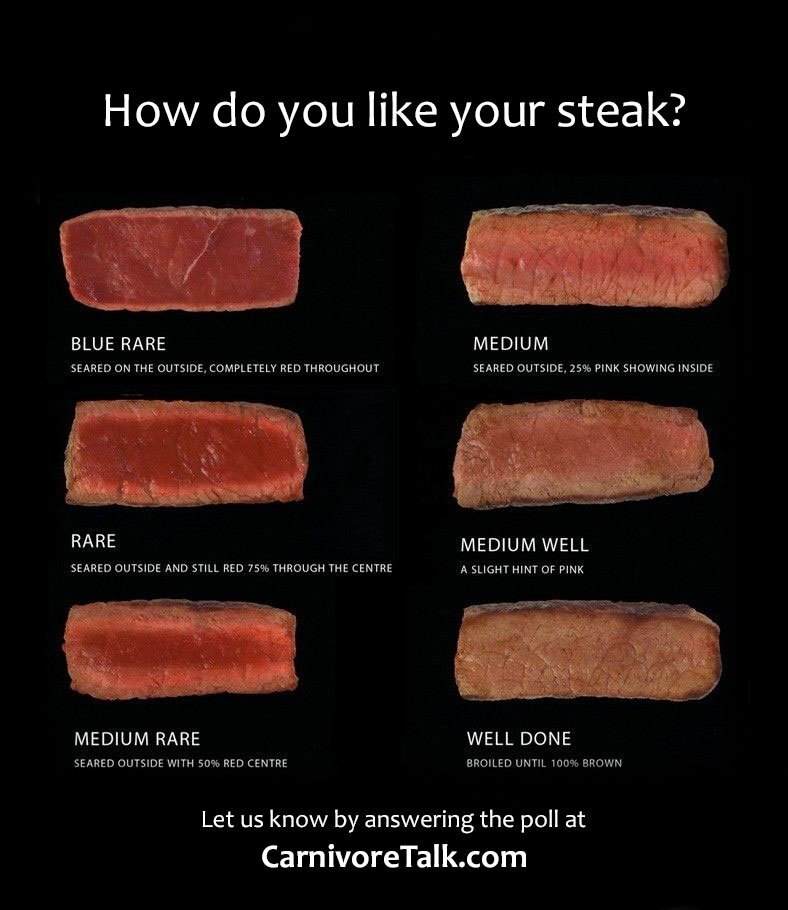Welcome to our Carnivore / Ketovore / Keto Online Community!
Welcome to Carnivore Talk! An online community of people who have discovered the benefits of an carnviore-centric ketogenic diet with the goal of losing weight, optimizing their health, and supporting and encouraging one another. We warmly welcome you! [Read More]
- Replies 8
- Views 1.8k
- Created
- Last Reply
Most Popular Posts
-
It is so logical that it blows my mind that the medical community is so blind to this. But then again they aren’t allowed to be free thinkers and must follow the protocols of their handlers. Sent f
-
I saw that the other day myself. It’s always about profit, power and control. It’s because even more evident in the last three years and even more so since becoming carnivore. Sent from my iPhone u
-
I myself am a diabetic...I can honestly say that having worked for a major Pharmaceutical company for 12.5 years...the culture is most definitely treatment as opposed to cures..! I was also led to be










comment_1685The Very Meaty History of Treating Diabetes Before Insulin
A surprisingly effective method for its time
It’s been just over a century since insulin was first used to treat diabetes. Given that doctors and scientists have known about diabetes for thousands of years — and have been searching for the best way to improve the lives of people with the condition since then — that means a lot of different treatments were tried out over the years all over the world. And, as it turns out, some of them involved plenty of meat.
In an excerpt from his book Rethinking Diabetes: What Science Reveals about Diet, Insulin, and Successful Treatments, Gary Taubes recounts the story of the 18th century doctor John Rollo, who “may have been the first physician to successfully bring a case of diabetes under control.” What did Rollo prescribe his patients? Meat. So, so much meat.
Taubes refers to this as “the animal diet,” which is exactly what it sounds like. (Thankfully, Rollo’s refinement of this meant that he moved away from telling patients to eat “rancid old meat and fat.”) The thinking behind this was to reduce carbohydrates in diabetes patients, and it seems to have worked to prolong the lives of several of the people he treated, provided they stuck to the regimen.
If you’re reading this description and getting flashbacks to, say, the heyday of the Atkins Diet, you’re not alone. And while it’s nowhere near as sophisticated as insulin, Rollo’s overall line of thinking has aged relatively well. In 2018, Anahad O’Connor wrote in the New York Times about a study that showed diabetes patients successfully regulating their blood sugar levels via a diet low in carbohydrates and high in protein.
There’s another lesson in Tabes’s retelling of Rollo’s story, and it stems from the experience Rollo and his colleagues had in treating diabetes with the “animal diet.” Not surprisingly, Rollo and his fellow doctors learned that patients fared far worse when they cheated on their diet, snacking on bread or something similar before it was safe to do so. It doesn’t matter if it’s the 18th century or the 21st — sticking to what a doctor prescribes can make a big difference in treating whatever ails you.
ARTICLE SOURCE: https://www.insidehook.com/longevity/diabetes-treatments-before-insulin-meat
Subscribe to Carnivore Talk on YouTube | Be our guest on the channel | Leave me a voicemail, yo!